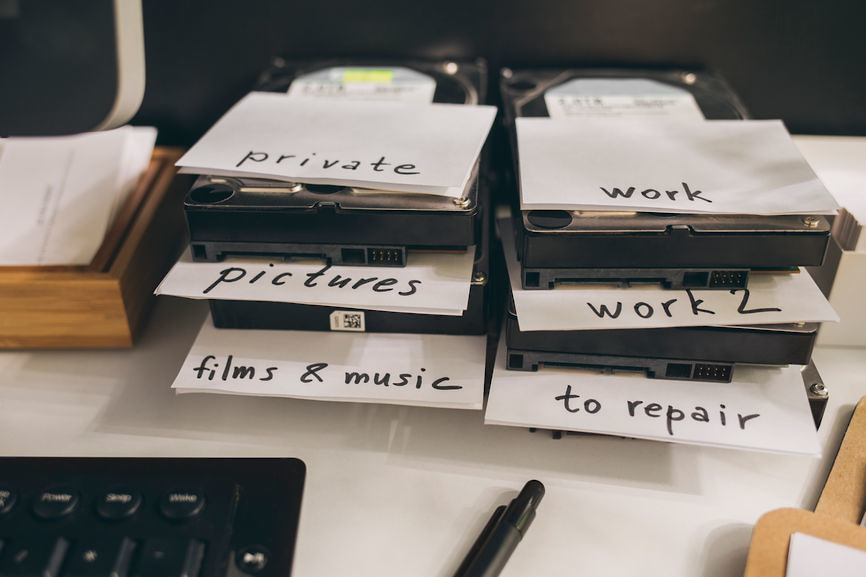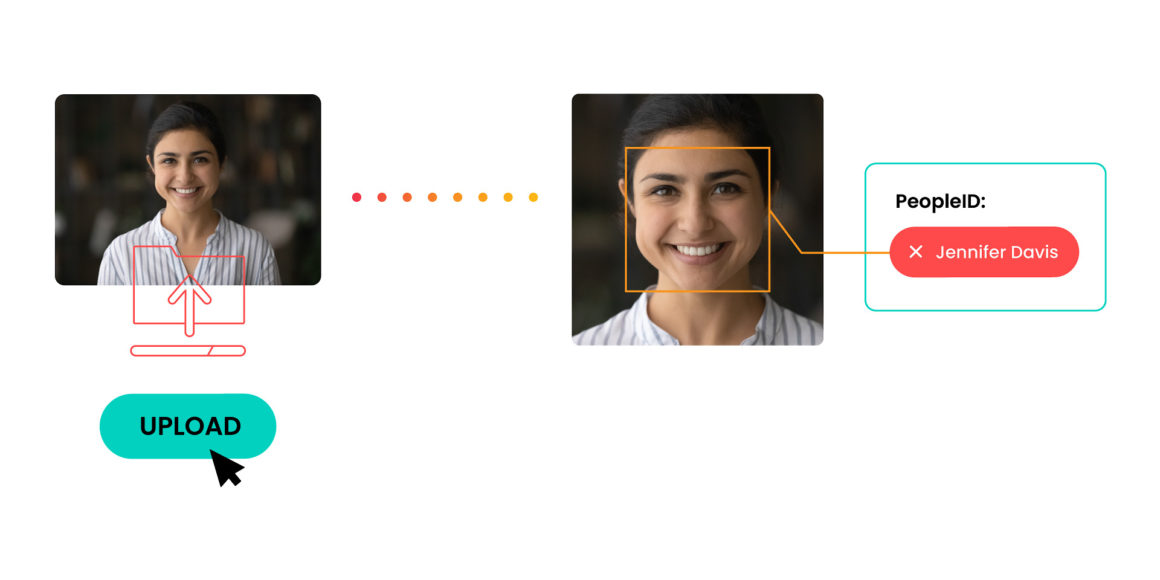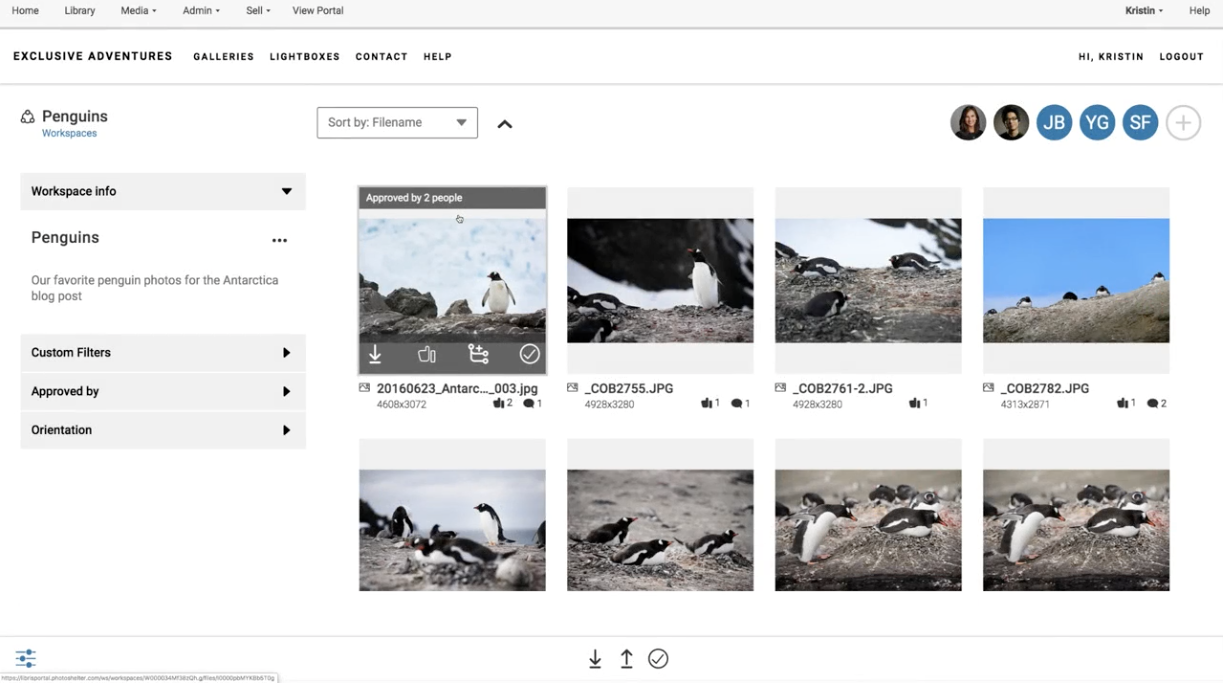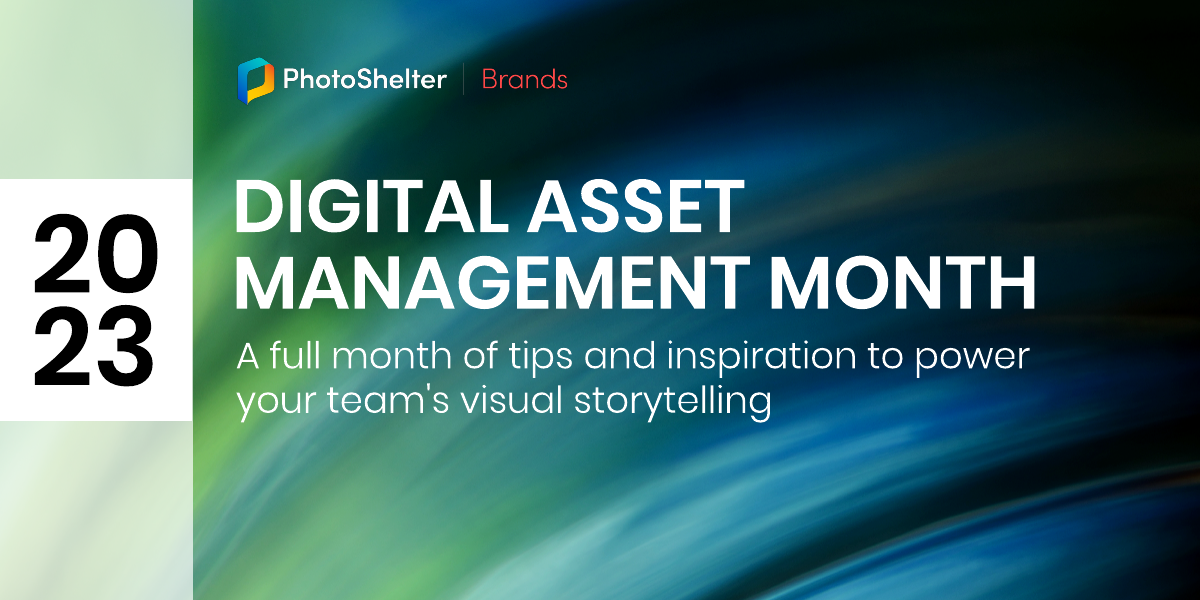Broadcasting and television network organisations are the biggest visual content producers in the world.
In this article, we’ll discuss how and why these organisations’ content production and distribution needs are constantly evolving, and how dynamic asset management can help them streamline their content workflows.
Some of the largest commercial television networks in the UK and Europe, such as Channel 4, ITV, SKY, and Eurosport, broadcast a wide variety of content on free-to-air channels, paid, or VOD/streaming platforms. Every television programme requires promotional materials, including video clips, images and audio, creating millions of files that need to be stored and easily accessible.
How File Sizes Create Media Storage Challenges
Compared to a decade ago, file sizes have grown way beyond the capacity of a simple thumb drive or floppy disk. In the past, broadcasting and television companies would measure the size of their media collection in gigabytes. Now, they measure it in terabytes, especially when video content is the main medium and format being created and stored.
In the last 10 years, the increased audience demand for streamable content means these companies need a powerful centralised media library like the PhotoShelter DAM, that allows them to access, retrieve, and share large, high-quality assets during live broadcasts or for people to watch on-demand.
Despite this best practice, some broadcasting and television companies still store their media files on a shared network which can be extremely expensive and unreliable. Oftentimes, the size of media files (hi-res images, videos, and audio) can be equal to all of the other data in the rest of the company combined (emails, documents, logos). So, storing rich multimedia assets using unreliable solutions costs them money and can pose potential security risks.

3 Ways DAM Brings Efficiency to Broadcasting Organisations
1. Centralise Your Content, Improve Collaboration
A digital asset management solution like PhotoShelter is a central destination for all your files, simplifying storage, retrieval of files, and custom content creation workflows. Depending on the size of your media collection, you can store it in the DAM—building your archive out to meet your brand’s evolving needs.
You can organise content into Collections and Galleries [PhotoShelter’s folder structure], to mirror the content you use most in your work, which for broadcasting and television companies can be everything from promotional content, programme video clips, and press imagery to electronic programme guides.
2. Make Your Media Easily Searchable and Accessible
Metadata is the keyword-based information attached to the assets in your DAM that makes your files easily searchable and shareable.
The PhotoShelter for Brands DAM makes it easy for marketing, content production, and broadcast teams at global communications organisations to work quickly and add metadata to batches of files. This way they can be easily found and therefore more likely to be used in relevant or timely content, such as instant sharing of promotional material on social media.
Broadcast and TV networks also have to manage multiple marketing websites for their different channels and programmes. Television shows use content marketing to promote their episodes year-round, often using still images, clips from the show, behind-the-scenes on-set content, and previews of their advancing plots to engage viewers on social media.
Tweets may appear in commercials and during television episodes, encouraging the audience to keep the conversation alive using a branded hashtag, so having an easy way to search and find these images and clips is crucial. To help you get the most out of your media collection and optimise your files’ searchability, it’s essential to develop a strategic metadata policy.
Here are 4 reasons why managing your metadata with PhotoShelter is the easiest option:
- You can add your own metadata fields to make finding and surfacing relevant assets easier and faster as your library grows. Custom metadata fields allow you to create an additional preset list of tag options, or controlled vocabulary, for images. This makes it easier for you and your stakeholders to find files with commonly used terms, customised specifically to your organisation’s needs.
- Use PhotoShelter AI to automatically recognize objects, people, places or text in your assets and tag them with brand-specific metadata terms. PhotoShelter’s AI solutions scan images and automatically add tags for objects, people, text and brand marks, so you can organise, find, and share assets faster and easier than ever before.
- For people who work in Live TV, within seconds of uploading large batches of photos via FTP, PhotoShelter AI’s solution: PeopleID tags talented guests, hosts, and performers automatically, so you can sort and distribute images and video clips of them to various internal and external partners.
- Once you find the files you need, using PhotoShelter’s Custom Design Templates or Canva integration, and the Hootsuite integration, you can create custom graphics and share your original content with your audience on social media, in seconds.

But a digital asset management platform does more than help you store assets—it allows broadcast and television production teams to dynamically share their brand’s best assets with their partners, influencers, and worldwide audiences instantly.
One particular use case we have seen with Broadcasting and Television companies is that they can use the metadata functionality of a DAM to do the billing for clips that they show during TV shows, such as those from sponsors or advertisers.
This involves the team running custom reports of the assets from the DAM library based on metadata. This way, every time an image appears on-screen during one of the TV shows, the metadata enables your team to track when an image is transmitted, so they can track the licensing and billing information associated with it.
3. Share Media with Stakeholders Wherever They Are
Broadcasting and television companies have multiple programmes and TV shows to produce, each with their own production schedule, branding, and promotional content. Their teams need to be able to organise their content and collaborate without delays to stay aligned with the production and promotion schedule of their shows and programs.
When your team is globally distributed and most team members work remotely, the best way to streamline the workflow of your creative content is by allowing everyone easy and secure access to creative assets by investing in a DAM.
It’s typical to see interdepartmental teams requesting and sharing assets in broadcasting and television companies: from programming to sales to production to marketing and advertising and more—using PhotoShelter Portals and Workspaces, enables teams to share feedback about creative projects across departments, no matter where they are.
Three ways globally distributed and hybrid teams in broadcast media use DAM to collaborate efficiently:
- To organise their content and set permissions, enabling them to share metadata-rich content and consistent brand assets quickly.
- Use Portals, which are public-facing websites where your stakeholders can view and download content. They can be customised with each department’s brand for consistency and a better user experience.
- Create Workspaces to allow your teams to group, share, comment on, approve, and download assets for creative projects in real-time – without ever leaving the platform.

Having a DAM doesn’t just help you control your brand image and centralise your organisation’s valuable media – it also gives your teams the smart tools to ease the flow of bringing your brand’s best content to market as quickly as possible.
We’re excited to show you how your broadcasting and TV network organisation can cut out steps and save time across your content workflows. We also want to hear from you: What entertainment brands are you following for their outstanding visual storytelling content?
Connect with us on Twitter or Instagram (@psforbrands) and let us know!



